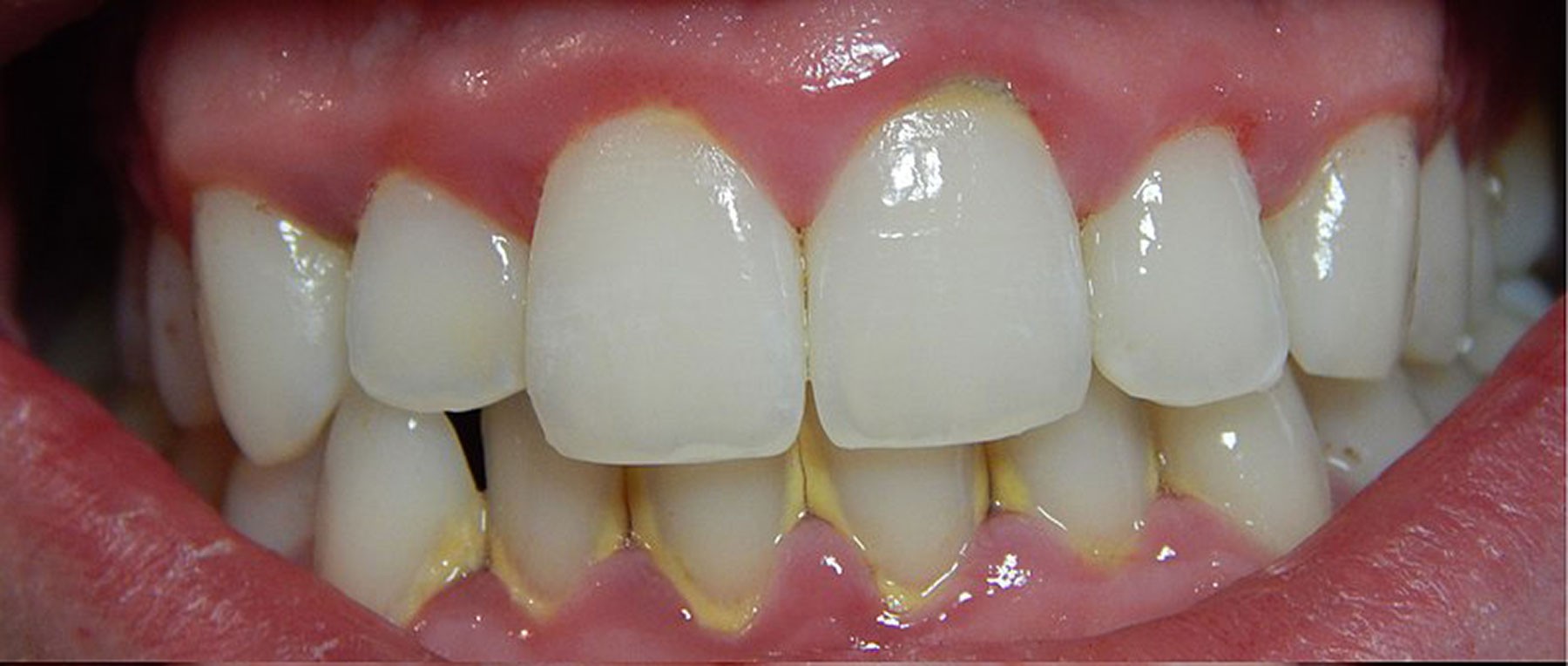Dental plaque is a soft film of different compounds that forms on your teeth between brushings. It contains mostly bacteria–alive and dead–that live off of leftover organic compounds in your mouth, such as sugars, fats and proteins. The bacteria in plaque also use proteins, fats and sugars to form a kind of scaffolding to structure the plaque. It also contains inorganic components, such as minerals and water. Though it may look like just a yellowish paste to your unaided eye, it is actually a highly-organized biofilm when left undisturbed.
There is quite a lot of diversity in the bacteria in your mouth. Previously it was thought that around 400-700 species of microbes resided in the mouth, but newer research suggests that number may be as high as 25,000 species. Of these species, only about 1,000 species have been as of yet identified in the plaque on your teeth.
Plaque is not the same as tartar (AKA calculus). Tartar is hard and mineralized. Tartar has to be scraped away from the tooth, whereas plaque can be removed with a toothbrush and dental floss. You can remember this by the mnemonic: “You can attack the plaque, but tartar is harder”.
Keeping plaque off of the teeth is a good idea. Plaque that has been left undisturbed for 24 hours or more can start producing chemicals that can irritate your gums. Also, the bacteria in plaque can produce acids that eat holes called cavities into your teeth. To be safe, we recommend brushing and flossing your teeth twice a day to remove the dental plaque.

